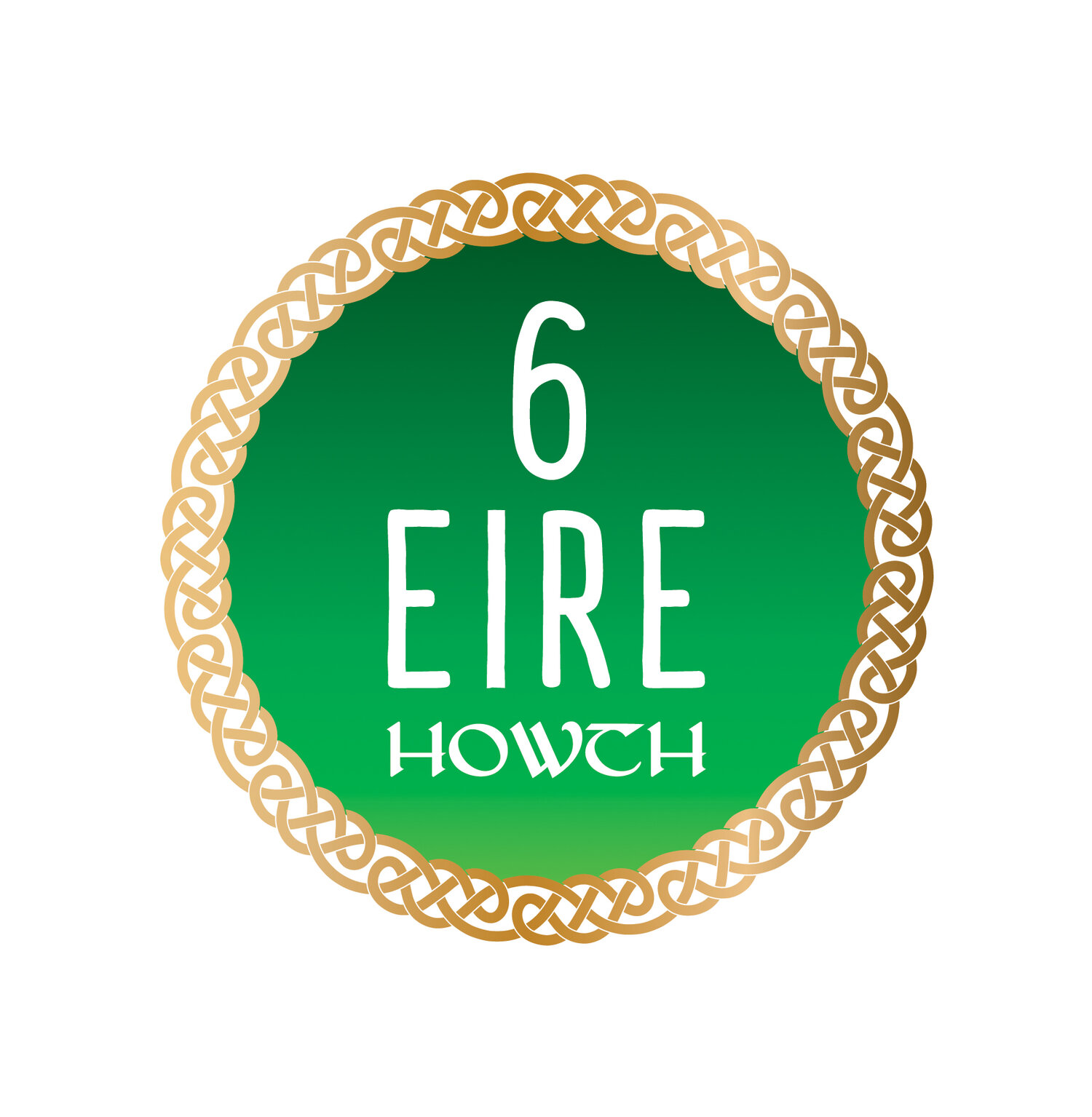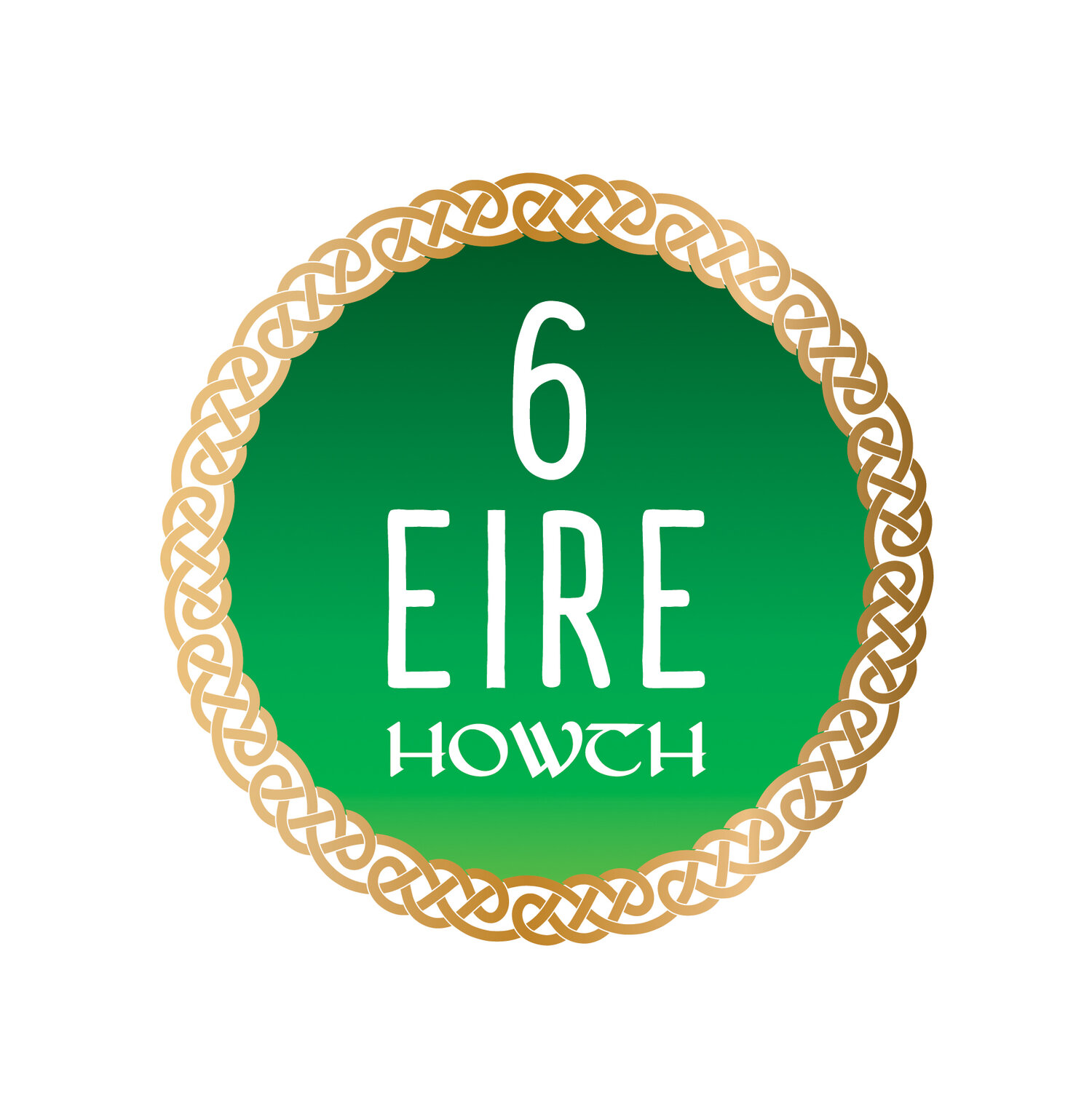HISTORIC IMPORTANCE OF THE “EIRE 6” SIGN
In August 1939, as war in Europe approached, the Irish Government introduced emergency measures to assert and defend Irish neutrality in the looming conflict. These measures included establishing a voluntary, noncombatant Coast Watching Service (CWS) to observe and record shipping and aircraft along Ireland’s long coastline. Eighty-three Look-Out Posts (LOPs) were quickly erected on strategic headlands, the majority along the Atlantic seaboard and a lesser number on the east coast. Each was connected directly to military headquarters by phone and manned around the clock by a team of CWS Volunteers commanded by a corporal
Below: Seán Rorke (“Darky Rorke”), a local community leader, War of Independence veteran and champion Beann Éadair and Dublin GAA player, was the corporal commanding the CWC volunteers manning the wartime Howth LOP
Men of the Mountain
The CWS volunteers who manned the Howth LOP throughout 1939-45 and installed the EIRE-6 sign in summer 1943 were mostly local men, many of whose relatives still live in the area and some of whom are active in our campaign. They were Seán Rorke, Roger Austin, John Gallagher, Thomas MacLoughlin, Tom McNally, Andy Moore, Paddy Moore, John Redmond and Tom Redmond. Rorke, popularly known as “Darky Rorke”, was the corporal in command. A much respected local community leader, he was a veteran of the Howth IRA in the War of Independence and a champion Dublin GAA footballer. He worked his farm on the East Mountain, very near the site of the “ÉIRE 6” sign. On the outbreak of war he volunteered to join in the defence of Ireland’s neutrality and was appointed to command Howth LOP.
The Howth LOP was of the standard design, a small prefabricated concrete building – an advanced technique for the time - within a circular or square platform, with viewing windows to three sides and a phone link to military headquarters. It was located on what is now the grass area beside the Summit carpark, near the water tower. Unfortunately, the Howth LOP hut was demolished about ten years ago. The “EIRE 6” sign located about 700m northeast of the site of the LOP has, however, survived.
The men who built the ‘Éire 7’ sign, at LOP No 7 on Sorrento Park summit, Dalkey, during the war
As the “EIRE” signs were being installed in summer 1943, the US further requested that each be allocated a number so they could serve as more accurate navigational aids. This was acceded to, with the numbers being added that same year just above the “EIRE” lettering of each sign. Howth was allocated the number “6” and Dalkey the number “7”.
There were 82 lookout posts built around the coast, from Louth to Donegal, with #83 being added later. These iconic stone signs helped pilots navigate around the coast of neutral Ireland.
Allied aircraft were still prohibited from overflying neutral Irish territory, apart from the “Donegal Corridor”. But the numbered “EIRE” signs were soon marked on Allied navigational maps, assisting aircraft to accurately and safely navigate Ireland’s Atlantic and Irish Sea coasts without infringing Irish territory. The role the EIRE signs played in assisting Allied aircrew navigate safely was later acknowledged by the Allied forces, who thanked the Irish government for the assistance this had rendered them.








